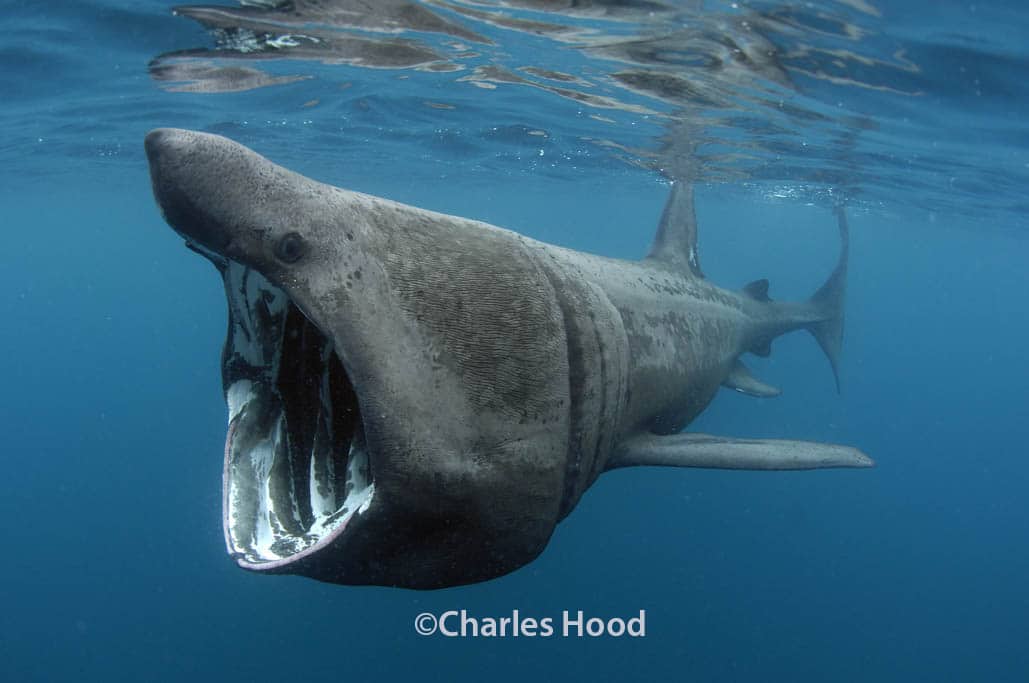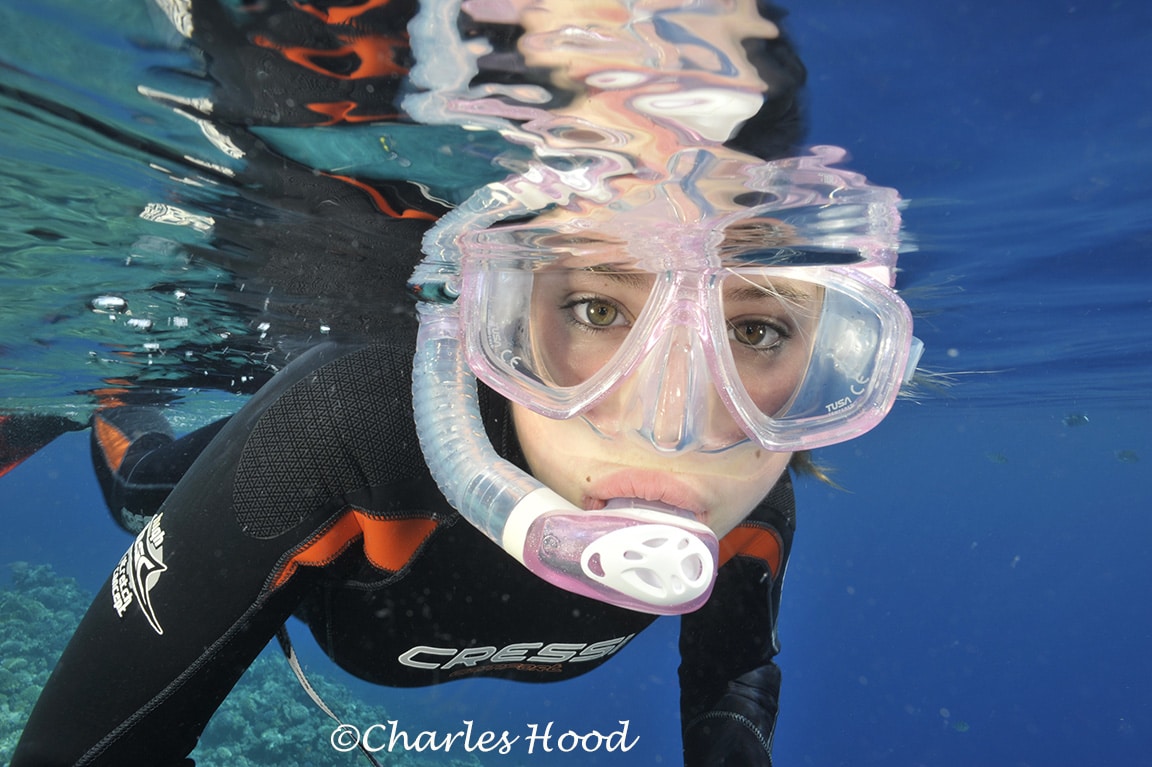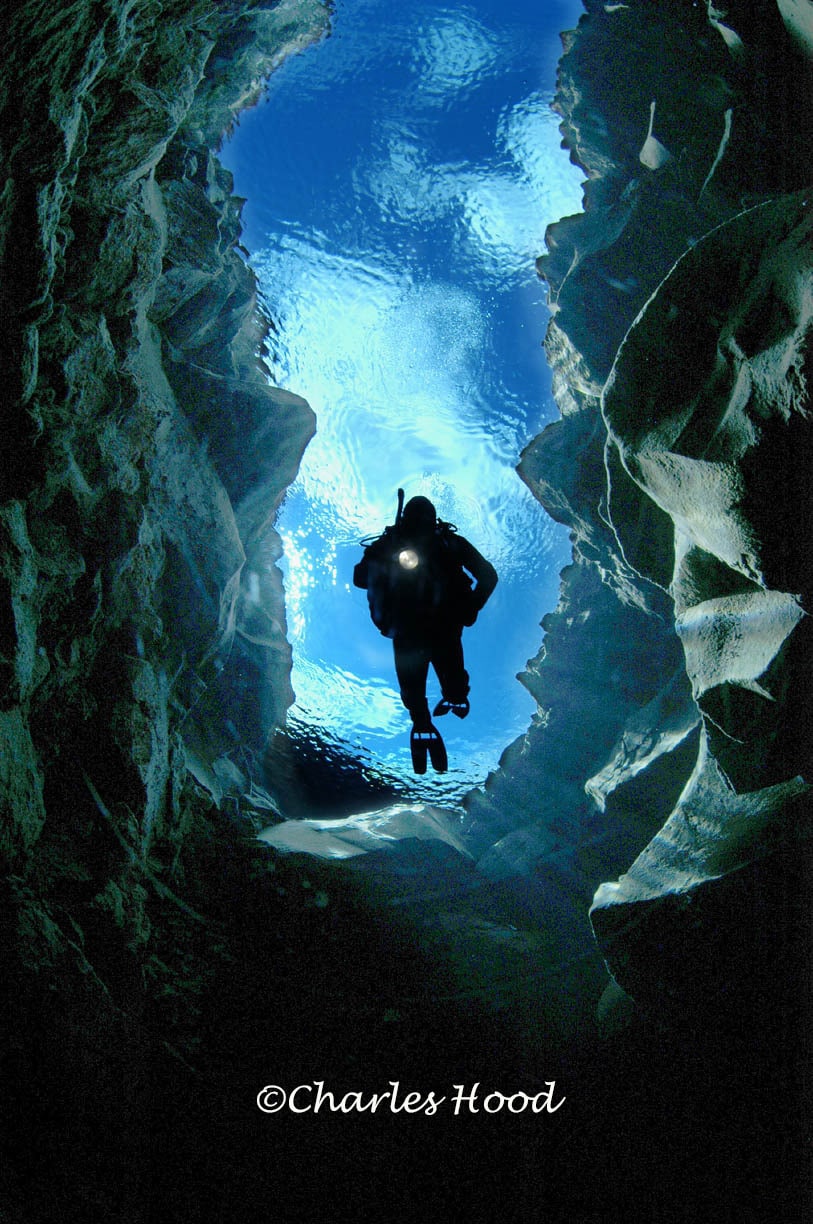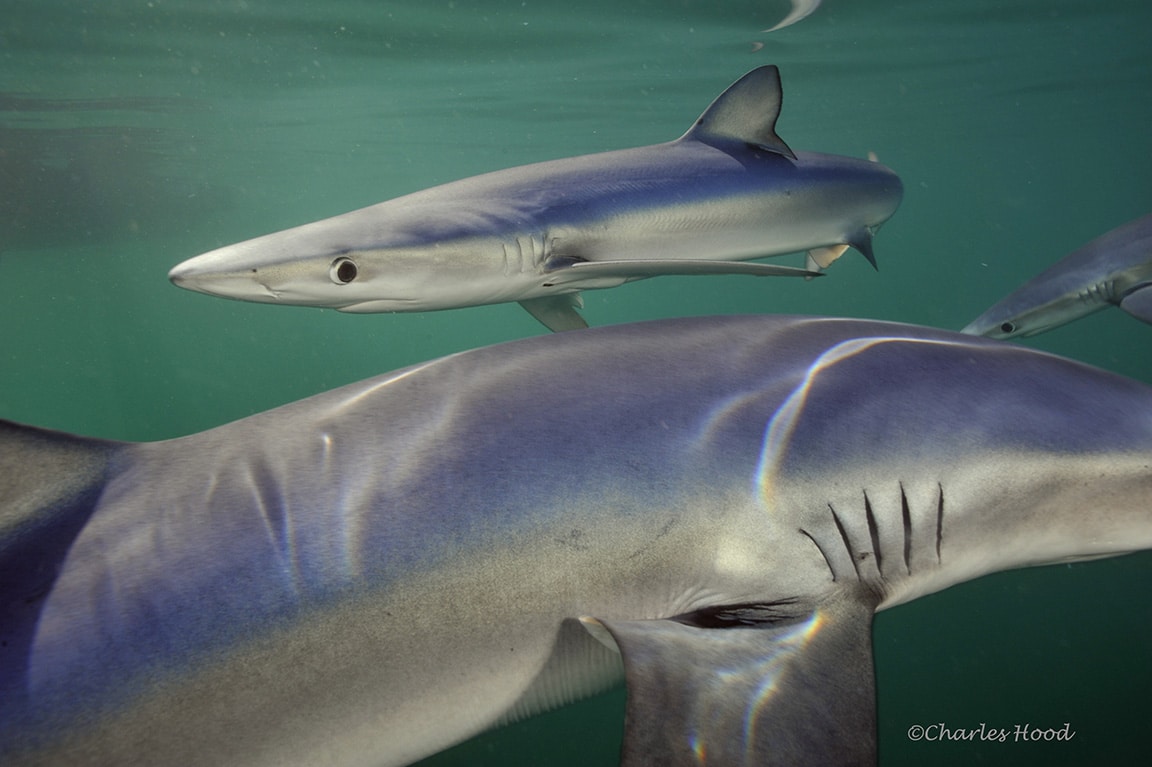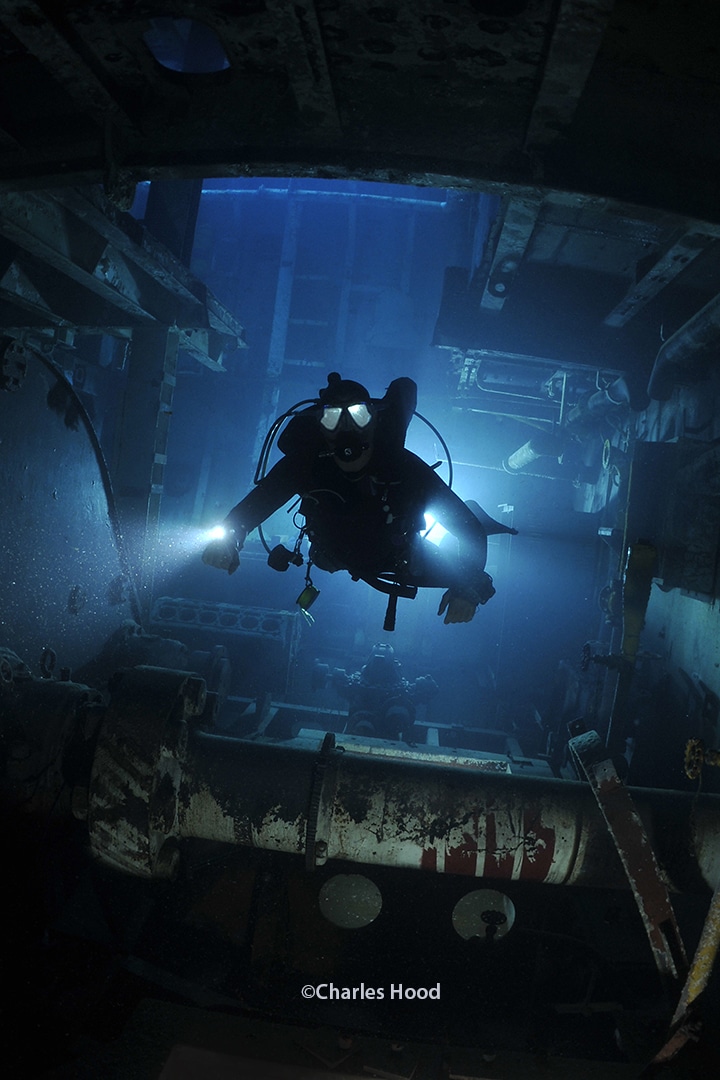News
Scubaverse Underwater Photographer Interview: Charles Hood
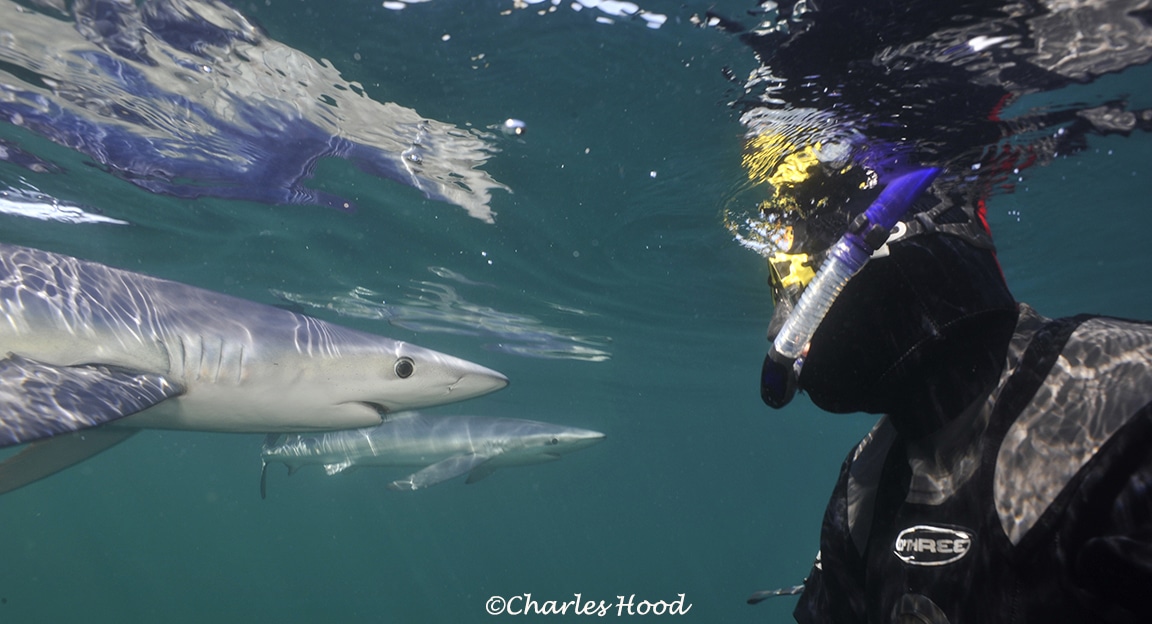
In an ongoing series, Scubaverse’s Underwater Photography Editor Nick Robertson-Brown talks to underwater photographers from around the world that he admires. In this blog: Charles Hood.
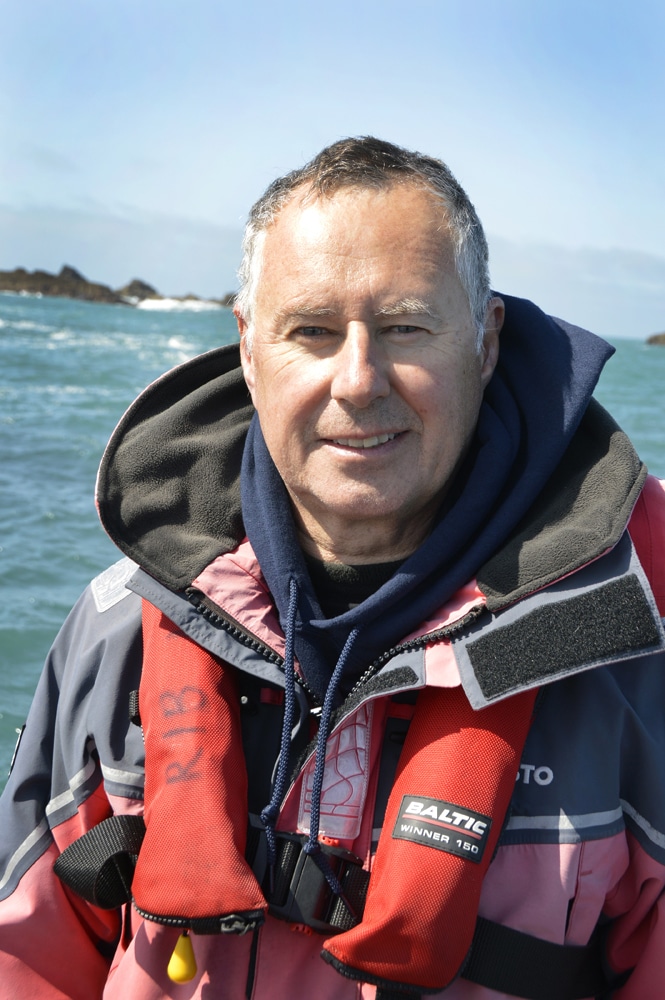 CH: I began my fascination with underwater photography when living in the Middle East in the late 70’s. After a brief spell at university I set off on any expedition I could find that was diving connected. The images I captured went on to win numerous wildlife and marine related photographic competitions, including being twice highly commended at the Natural History Museum Wildlife Photographer of the Year and being named Underwater Photographer of the year in 2001. My work is now virtually all commercial. I have written and illustrated over 1000 published articles, dozens of books and manuals and had over 100 front covers including TIME magazine. Today I live with Sandra my scuba diving wife in Cornwall, England, where I can often be found miles from shore snapping blue sharks and anything else in our pelagic waters.
CH: I began my fascination with underwater photography when living in the Middle East in the late 70’s. After a brief spell at university I set off on any expedition I could find that was diving connected. The images I captured went on to win numerous wildlife and marine related photographic competitions, including being twice highly commended at the Natural History Museum Wildlife Photographer of the Year and being named Underwater Photographer of the year in 2001. My work is now virtually all commercial. I have written and illustrated over 1000 published articles, dozens of books and manuals and had over 100 front covers including TIME magazine. Today I live with Sandra my scuba diving wife in Cornwall, England, where I can often be found miles from shore snapping blue sharks and anything else in our pelagic waters.
NRB: How did your underwater photography start?
CH: It began in the mid 1970s when I lived in the Middle East. My first underwater camera was a Kodak 126 roll film camera in a homemade Perspex housing. By today’s standards the images are terrible but at the time they were quite credible as there weren’t many marine images around at that time. I dived solo and my instruction was don’t go deeper than nine metres and you’ll run out of air before you get bent.
NRB: What is your favourite u/w camera equipment (past & present) & why?
CH: After my homemade affair I purchased a Nikonos III and 15mm lens. When the exposure was correct the 35mm Fujifilm slide images it produced would challenge even the most advanced camera equipment today, if not out-gun them when projected on a large screen. Today I use my trusted old Nikon D3 in Aquatica housing – usually with either a Nikkor 20mm or 16mm lens. In my opinion Aquatica produces the most robust housings, you really can chuck them around when the conditions demand. The D3 produces only 12 million pixels but on full frame those pixels are huge and contain so much colour information. I only use prime lenses underwater, as this guarantees edge-to-edge sharpness and without a zoom there is one less control to think about.
NRB: What would be your advice to anyone new to underwater photography?
CH: First, keep it simple and basic, don’t be tempted to become a ‘kitchen sink’ photographer. Next have a complete and comprehensive understanding of photography per se. It is also vital one fully understands camera settings and how all your equipment works prior to taking it underwater. I also work as a boat skipper come photo guide and can honestly say that on the majority of trips more people miss once-in-a-lifetime opportunities than capture them. This is nearly always due to either not being able to set the camera correctly or through simple component failure such as dead batteries or wrongly formatted memory cards; and don’t get me started on massive strobe arms, flimsy flapping fibre cables and huge floats – you are asking for trouble.
NRB: What, or who, has been your single biggest inspiration for your underwater photography?
CH: That’s an easy question. BSoUP’s Colin Doeg without question was the finest underwater coach I bounced ideas off in the 80s. His appreciation for new concepts was second to none. His endless patience and frank honesty as I showed him loads of near misses was inspiring. But importantly his commercial photography background always challenged my imagery for the better – 95 per cent there was not good enough for Colin. It is easy to be awe inspired by great photographers and even to successfully imitate them, however, if you want to claim an image truly as your own you need to have a great tutor to discuss concepts with. Sometimes Colin’s and my ideas would lead me to required bits of kit that at the time weren’t commercially available, so I also turned to Warren Williams who’s knowledge of optics and mechanical skills are legendary.
NRB: What image are you most proud of and why?
CH: And this is the most difficult question to answer. Probably the image I am most proud of is a silhouette of a diver at Silfra in Iceland that made the front cover of TIME magazine. After an initial day to get to grips with what Silfra had to offer we returned for another two days with a pre-rehearsed set of images in mind which, unless you are incredibly lucky, is the only way one can get stunning images.
NRB: Where is your favourite dive location, and is it for the photography?
CH: My favourite place for underwater photography is about 20 miles south of Penzance, Cornwall. Here the Blue Sharks arrive in July and remain until the end of October. Penzance is only a five minute drive from where I live so what better than to have sharks on your doorstep. This year we are also after some of the other more exotic animals that are visitors to our waters such as Bluefin tuna and the elusive Porbeagle Shark.
NRB: What are you views on marine life manipulation, moving subjects?
CH: Where does marine wildlife disturbance begin? Would chumming for sharks be counted as manipulation? Does having your buddy manoeuver around a critter so that he lines it up for you get a better shot count as disturbance? I’m not too sure. Physically poking or moving a subject definitely is on the other hand pretty invasive. I think it depends on, is one causing distress to the animal and critically, repeatedly so? When you see snapper after snapper queuing up or marauding around to photograph the same animal I would say this could be viewed as unacceptable, irrespective if you have physically touched it. On the other hand I don’t really view a few folk snorkelling with half a dozen chum-attracted sharks in mid-ocean as causing any harm to them at all.
NRB: What do you look for when you are making your images?
CH: For a photograph that no one else has taken. Yes sometimes it is nice to have a stock image to fulfil a story or article but for me it’s just a copy of someone else’s idea.
NRB: What motivates you to take u/w photos?
CH: Capturing new images. Showing the general public what lies beneath our waters, especially in Cornwall. I almost always have an idea in mind before I even configure my camera gear. This way I know well beforehand what lens, port, strobes and settings I am using. Sometimes I’ll photograph a subject for hours without changing anything except for composition.
NRB: If you could photograph any one thing/place what or where would that be?
CH: A Great White in UK waters.
To see more of Charlie’s work click here.
Blogs
Northern Red Sea Reefs and Wrecks Trip Report, Part 2: Wall to Wall Wrecks

Jake Davies boards Ghazala Explorer for an unforgettable Red Sea diving experience…
The second day’s diving was a day full of wreck diving at Abu Nuhas, which included the Chrisoula K, Carnatic, and Ghiannis D. The first dive of the day was onto the Chrisoula K, also known as the wreck of tiles. The 98m vessel remains largely intact where she was loaded with tiles which can be seen throughout the hold. The stern sits at 26m and the bow just below the surface. One of the highlights of the wreck is heading inside and seeing the workroom where the machinery used for cutting the tiles are perfectly intact. The bow provided some relaxing scenery as the bright sunlight highlighted the colours of the soft coral reef and the many reef fish.

Following breakfast, we then headed to the next wreck, which was the Carnatic. The Carnatic is an 89.9m sail steamer vessel that was built in Britain back in 1862. She ran aground on the reef back in 1869 and remains at 27m. At the time, she was carrying a range of items, including 40,000 sterling in gold. An impressive wreck where much of the superstructure remains, and the two large masts lay on the seafloor. The wooden ribs of the hull provide structures for lots of soft corals, and into the stern section, the light beams through, bouncing off the large shoals of glass fish that can be found using the structure as shelter from the larger predators that are found outside of the wreck.

The final wreck at Abu Nuhas was the Ghiannis D, originally called ‘Shoyo Maru,’ which was 99.5m long and built in Japan back in 1969 before becoming a Greek-registered cargo ship in 1980. The ship then ran aground on the reef on April 19th, 1983, and now sits at the bottom at a depth of 27m. Heading down the line, the stern of the ship remains in good condition compared to the rest of the hull. The highlight of the wreck, though, is heading into the stern section and down the flights of stairs to enter the engine room, which remains in good condition and is definitely worth exploring. After exploring the interior section of the ship, we then headed over to see the rest of the superstructure, where it’s particularly interesting to see the large table corals that have grown at the bow relatively quickly considering the date the ship sank. After surfacing and enjoying some afternoon snacks, we made sure everything was strapped down and secured as we would be heading north and crossing the Gulf of Suez, where the winds were still creating plenty of chop.

The next morning, it was a short hop to Ras Mohammed Nature Reserve for the next couple of days of diving. The 6am wake-up call came along with the briefing for the first site we would be diving, which was Shark & Yolanda. The low current conditions allowed us to start the dive at Anemone City, where we would drift along the steep, coral-filled wall. These dives involved drifts, as mooring in Ras Mohammed wasn’t allowed to protect the reefs. As a dive site, Shark & Yolanda is well-known and historically had a lot of sharks, but unfortunately not so many in recent years, especially not so early in the season. However, there was always a chance when looking out into the blue.

The gentle drift took us along the steep walls of the site, with plenty of anemone fish to be seen and a huge variety of corals. It wasn’t long into the dive before we were accompanied by a hawksbill turtle, who drifted with us between the two atolls before parting ways. Between the two reefs, the shallow patch with parts of coral heads surrounded by sand provided the chance to see a few blue-spotted stingrays that were mainly resting underneath the corals and are always a pleasure to see. With this being the morning dive, the early sunlight lit up the walls, providing tranquil moments. Looking out into the blue, there was very little to be seen, but a small shoal of batfish shimmering underneath the sunlight was a moment to capture as we watched them swim by as they watched us.

Towards the end of the dive, we stopped at the wreck of the Jolanda where the seafloor was scattered with toilets from the containers it was carrying. This provided a unique site to make a safety stop, which was also accompanied by a large barracuda slowly swimming by, along with a hawksbill turtle calmly swimming over the reef as the sun rays danced in the distance.
For the next dive, we headed north to the Strait of Tiran to explore the reefs situated between Tiran Island and Sharm El Sheik, which were named after the British divers who had found them. We started on Jackson before heading to Gordons Reef, where we also did the night dive. All the atolls at these sites provided stunning, bustling coral reefs close to the surface and steep walls to swim along, which always provided the opportunity to keep an eye out for some of the larger species that can be seen in the blue. Midwater around Jackson Reef was filled with red-toothed triggerfish and shoals of banner fish, which at times were so dense that you couldn’t see into the blue. Moments went by peacefully as we enjoyed the slow drift above the reef, watching these shoals swim around under the mid-afternoon sun.

The night dive at Gordon’s Reef was mainly among the stacks of corals surrounded by sand, which was great to explore under the darkness. After some time circling the corals, we came across what we were really hoping to find, and that was an octopus hunting on the reef. We spent the majority of the dive just watching it crawl among the reef, blending into its changing surroundings through changes in colour and skin texture. It’s always so fascinating and captivating to watch these incredibly intelligent animals, in awe of their ability to carry out these physical changes to perfectly blend into the reef. Before we knew it, it was time to head back to the boat to enjoy a well-deserved tasty dinner prepared by the talented chefs onboard.
Check in for the 3rd and final part of this series from Jake tomorrow!
To find out more about the Northern Red Sea reef and wrecks itineraries aboard Ghazala Explorer, or to book, contact Scuba Travel now:
Email: dive@scubatravel.com
Tel: +44 (0)1483 411590
Photos: Jake Davies / Avalon.Red
Marine Life & Conservation
Double Bubble for Basking Sharks

 The Shark Trust is excited to announce that, for two more days only, all donations, large or small, will be doubled in the Big Give Green Match Fund!
The Shark Trust is excited to announce that, for two more days only, all donations, large or small, will be doubled in the Big Give Green Match Fund!
Donate to Basking in Nature: Sighting Giants
The Shark Trust is hoping to raise £10k which will be doubled to £20k. This will go towards Basking in Nature: Sighting Giants. And they need YOUR help to reach they’re goal.
The Shark Trust’s citizen science project is to monitor and assess basking sharks through sightings; encouraging data collection, community engagement, and promoting nature accessibility. This initiative aims to enhance health and wellbeing by fostering a deeper connection with British Sharks.
Campaign Aims
- Increase citizen science reporting of Basking Sharks and other shark sightings to help inform shark and ray conservation.
- Provide educational talks about the diverse range of sharks and rays in British waters and accessible identification guides!
- Create engaging and fun information panels on how to ID the amazing sharks and rays we have on our doorstep! These can be used on coastal paths around the Southwest. With activities and information on how you can make a difference for sharks and rays!
- Promote mental wellbeing through increasing time in nature and discovering the wonders beneath the waves!
Donate, and double your impact. Click Here
-

 News3 months ago
News3 months agoHone your underwater photography skills with Alphamarine Photography at Red Sea Diving Safari in March
-

 News2 months ago
News2 months agoCapturing Critters in Lembeh Underwater Photography Workshop 2024: Event Roundup
-

 Marine Life & Conservation Blogs2 months ago
Marine Life & Conservation Blogs2 months agoCreature Feature: Swell Sharks
-

 Blogs2 months ago
Blogs2 months agoMurex Resorts: Passport to Paradise!
-

 Blogs2 months ago
Blogs2 months agoDiver Discovering Whale Skeletons Beneath Ice Judged World’s Best Underwater Photograph
-

 Gear Reviews2 months ago
Gear Reviews2 months agoGear Review: Oceanic+ Dive Housing for iPhone
-

 Marine Life & Conservation2 months ago
Marine Life & Conservation2 months agoSave the Manatee Club launches brand new webcams at Silver Springs State Park, Florida
-

 News3 months ago
News3 months agoWorld’s Best Underwater Photographers Unveil Breathtaking Images at World Shootout 2023


